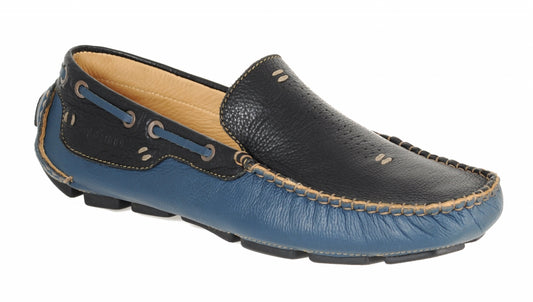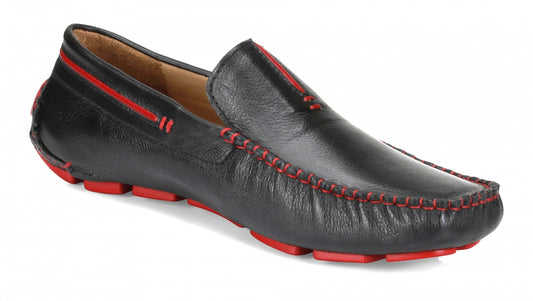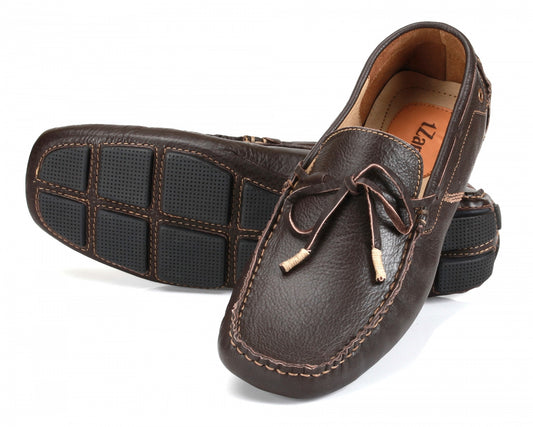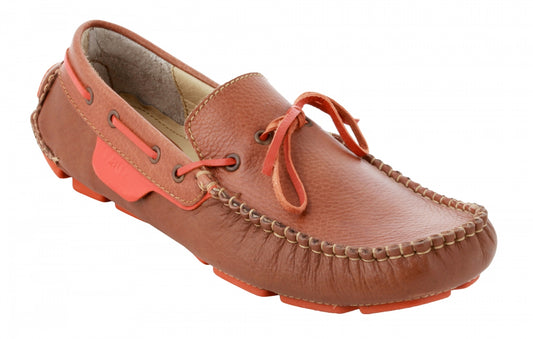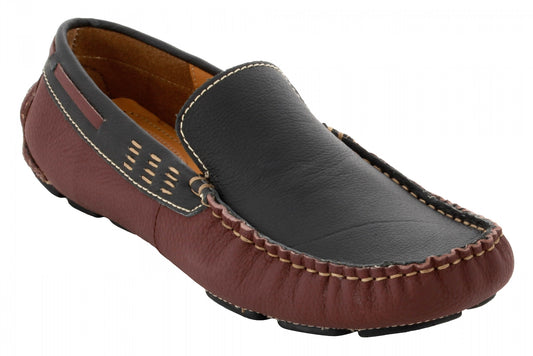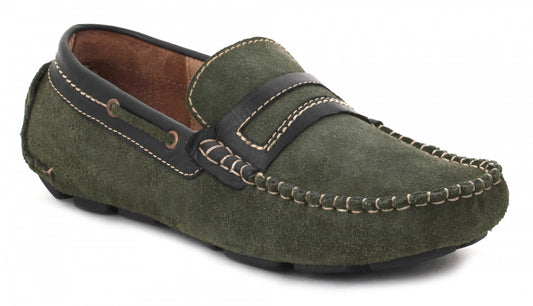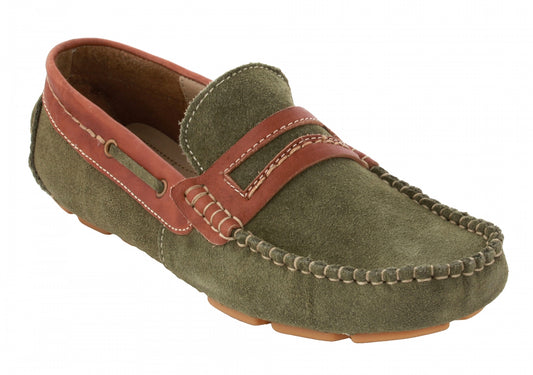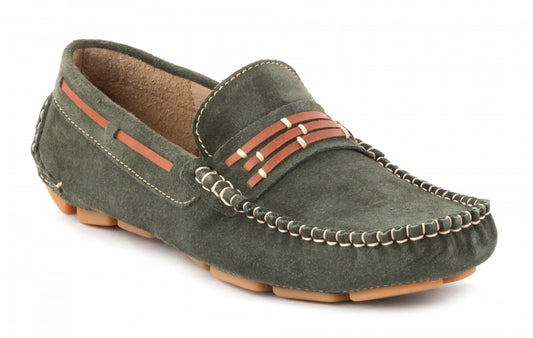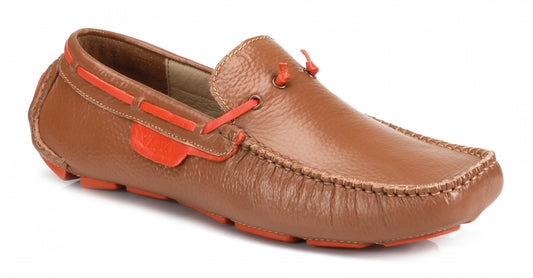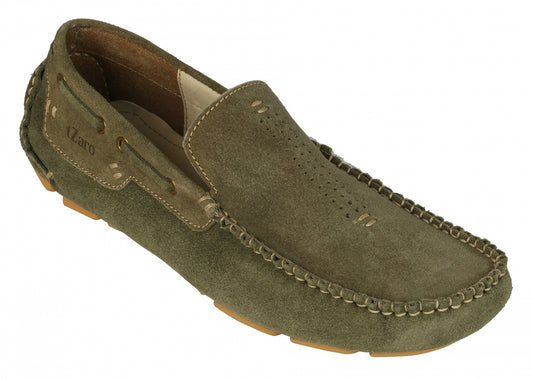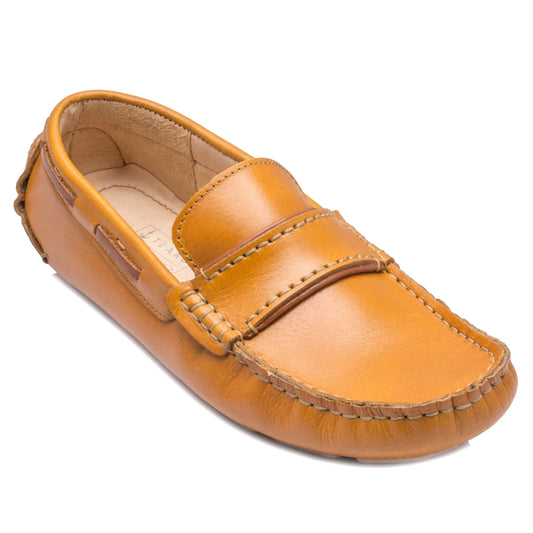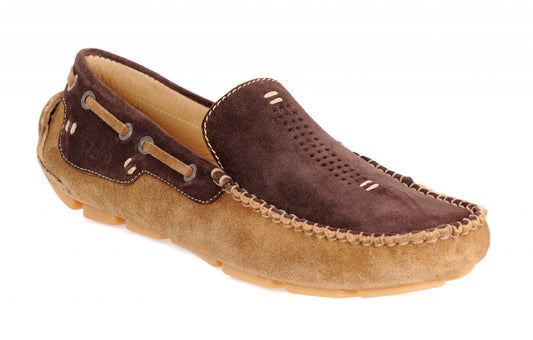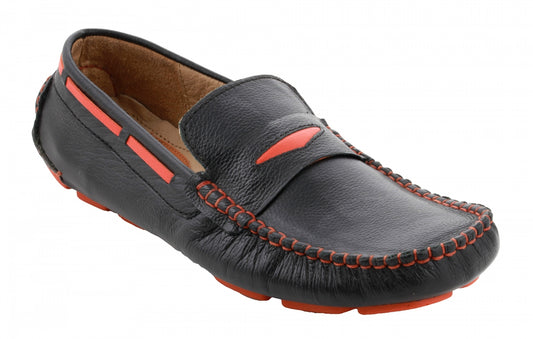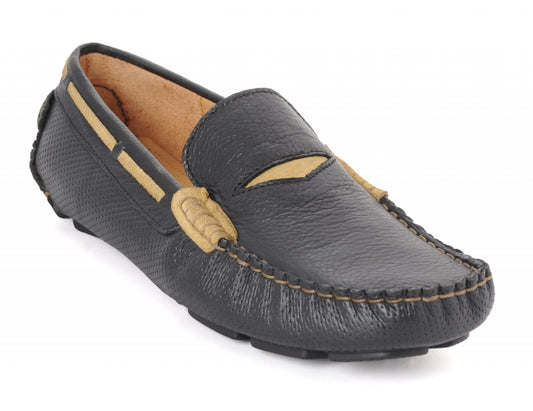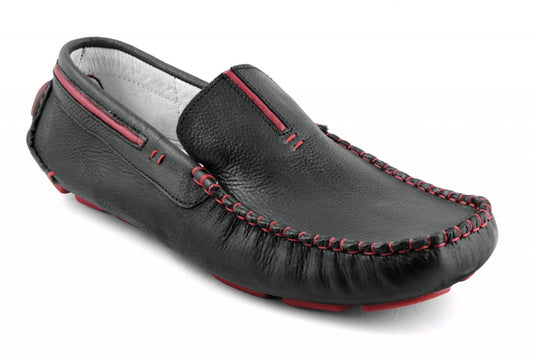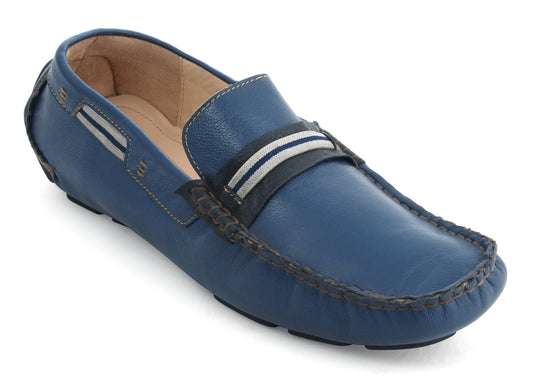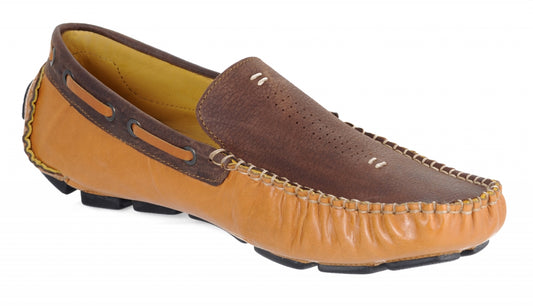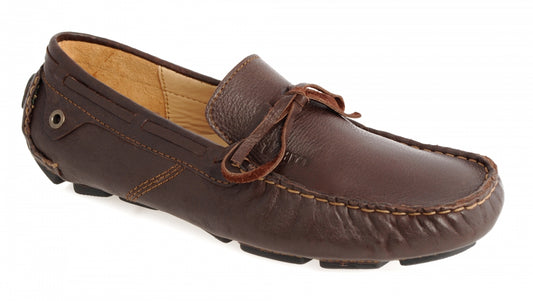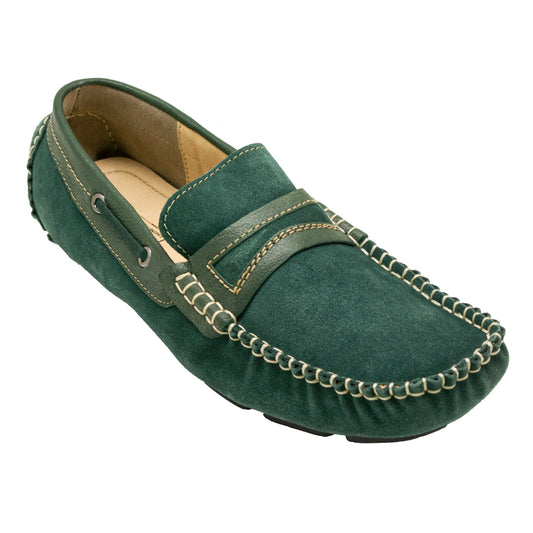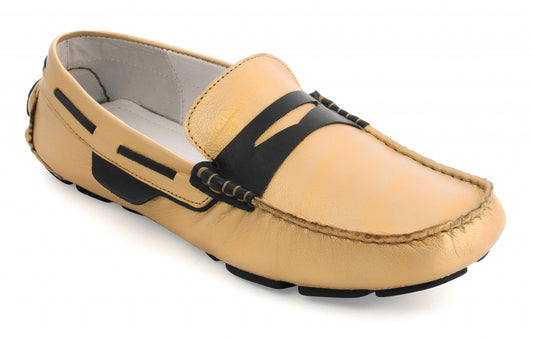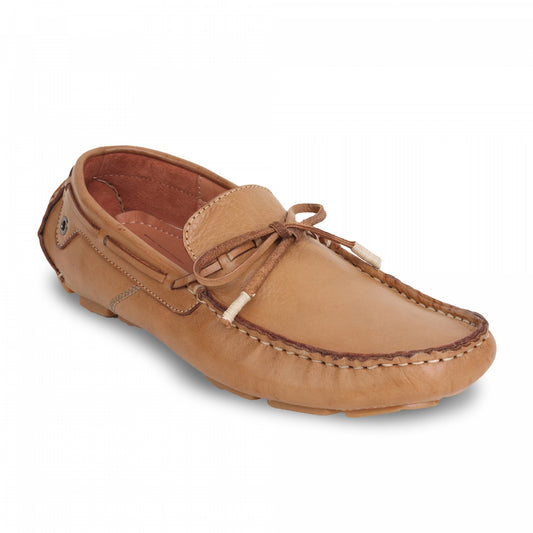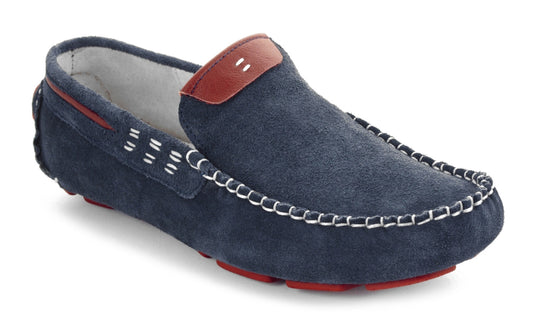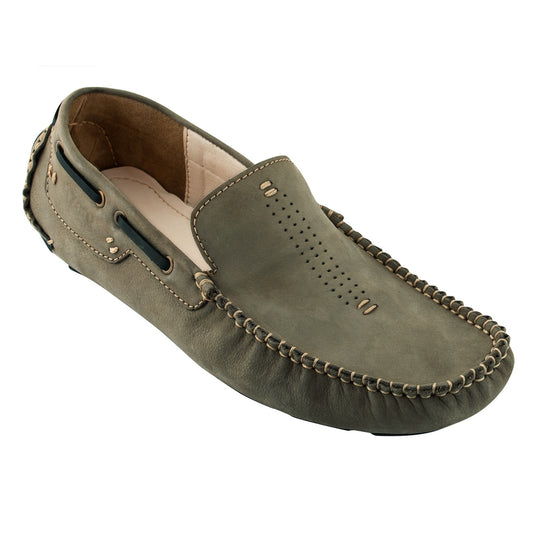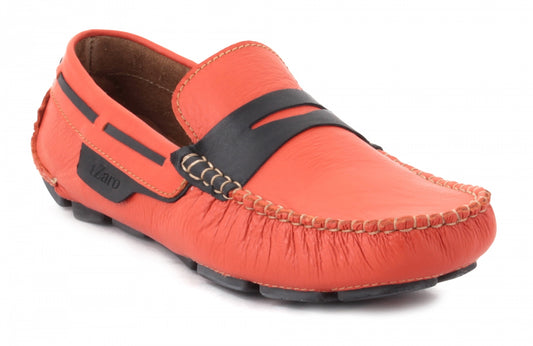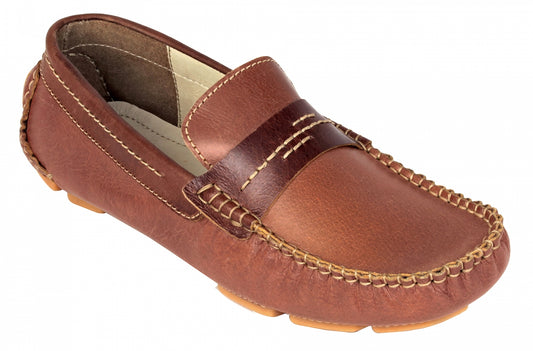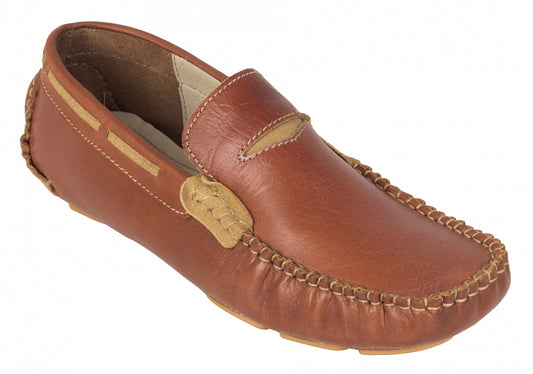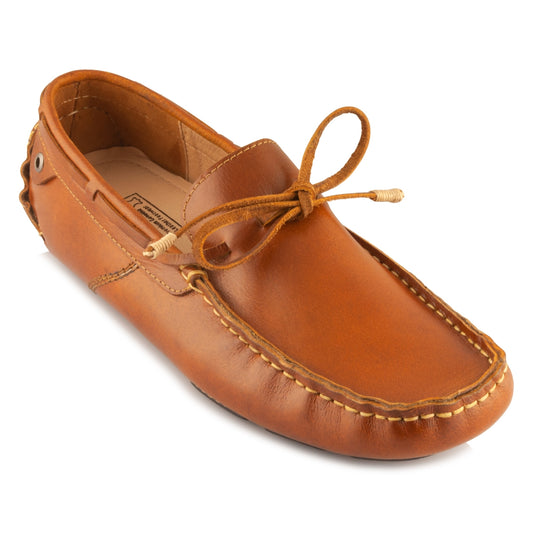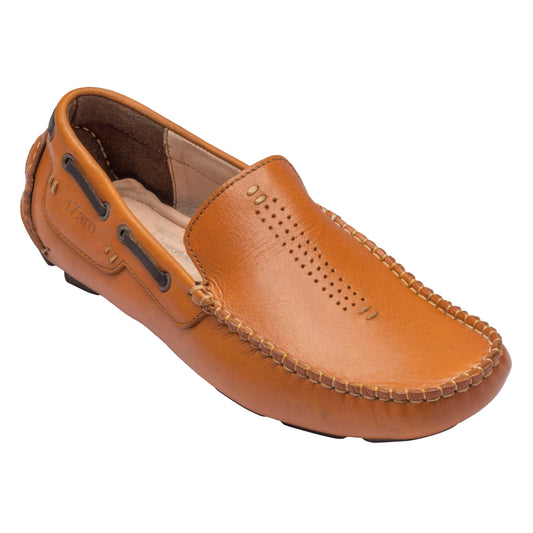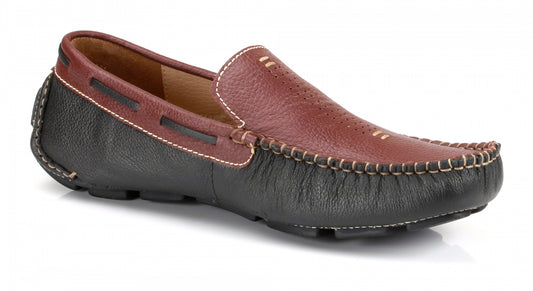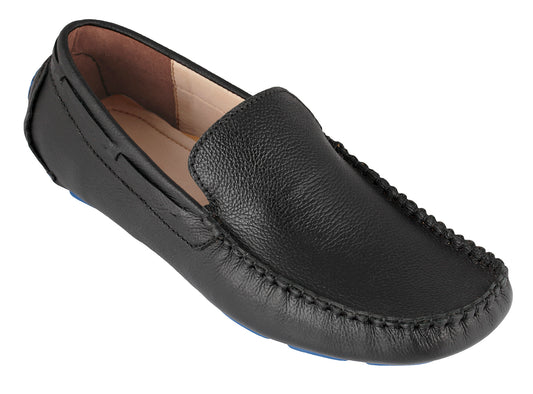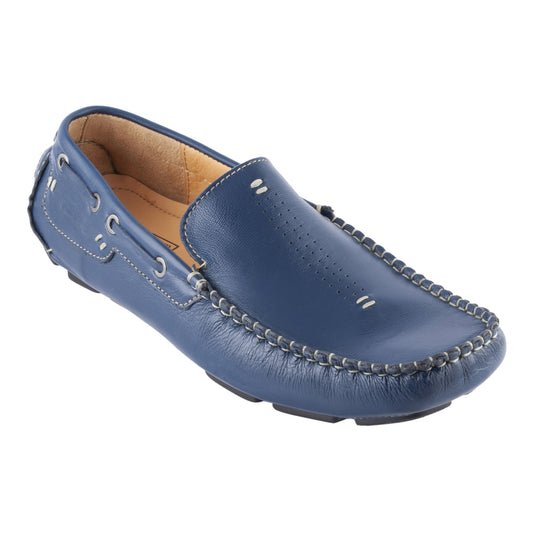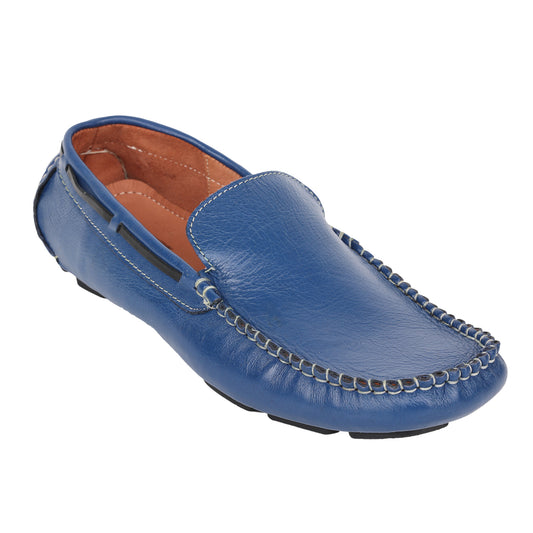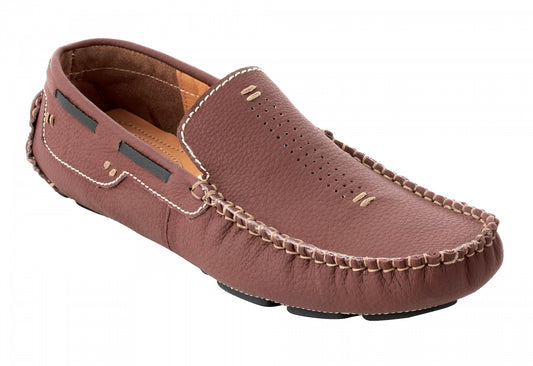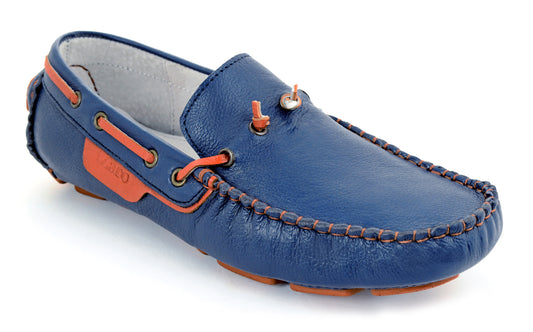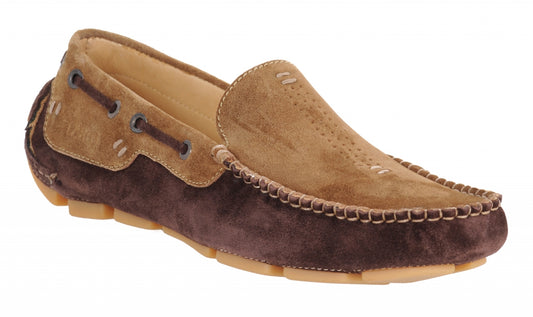-
Genuine Leather Black & Blue Driving Shoes - STN2305BLUBLK
Regular price ₹2,949.00Regular priceUnit price / per₹2,999.00Sale price ₹2,949.00 -
Genuine Leather Black Burgundy Driving Shoes - ZN2341BLKPIP
Regular price ₹2,949.00Regular priceUnit price / per₹2,999.00Sale price ₹2,949.00 -
Genuine Leather Chocolate Color Driving Shoes - ZN23B12DKCHC
Regular price ₹2,949.00Regular priceUnit price / per₹2,999.00Sale price ₹2,949.00 -
Genuine Leather Driving Shoes - ZN2344TANLCE
Regular price ₹2,499.00Regular priceUnit price / per₹3,299.00Sale price ₹2,499.0024% OFF -
Genuine Leather Maroon Color Driving Shoes - ZN23504MRBLK
Regular price ₹3,039.05Regular priceUnit price / per₹3,199.00Sale price ₹3,039.055% OFF -
Genuine Leather Olive Driving Shoes - ZTN2337OLVBLK
Regular price ₹2,499.00Regular priceUnit price / per₹2,799.00Sale price ₹2,499.0010% OFF -
Genuine Leather Olive Green Driving Shoes - STN2337GRNTAN
Regular price ₹2,799.00Regular priceUnit price / per₹2,799.00Sale price ₹2,799.00 -
Genuine Leather Olive Green Driving Shoes - STN2333SDGRN
Regular price ₹2,799.00Regular priceUnit price / per₹2,799.00Sale price ₹2,799.00 -
Genuine Leather Tan Driving Shoes - ZN2341TANSPRT
Regular price ₹2,949.00Regular priceUnit price / per₹2,999.00Sale price ₹2,949.00 -
Olive Green Driving Shoes Made With Olive Color Suede Leather - STN2346OLV07
Regular price ₹2,799.00Regular priceUnit price / per₹2,799.00Sale price ₹2,799.00 -
Pure Leather Light Tan Driving Shoes - STN2323TZCRN5
Regular price ₹3,249.00Regular priceUnit price / per₹3,299.00Sale price ₹3,249.00 -
Pure Leather Tan Chocolate Driving Shoes - STN2311TWNBRW
Regular price ₹2,799.00Regular priceUnit price / per₹2,799.00Sale price ₹2,799.00 -
Pure Leather Black Driving Shoes - ZN2340BLKORN
Regular price ₹1,999.00Regular priceUnit price / per₹2,999.00Sale price ₹1,999.0033% OFF -
Pure Leather Black Driving Shoes - STN2314PerBlk
Regular price From ₹1,999.00Regular priceUnit price / per₹2,999.00Sale price From ₹1,999.0033% OFF -
Pure Leather Black Driving Shoes - STN2324REDPIP
Regular price ₹2,949.00Regular priceUnit price / per₹2,999.00Sale price ₹2,949.00 -
Pure Leather Blue Driving Shoes - STN2315MADBLU
Regular price ₹3,249.00Regular priceUnit price / per₹3,299.00Sale price ₹3,249.00 -
Pure Leather Chocolate-Tan Driving Shoes - STN2307TANCHC
Regular price ₹1,999.00Regular priceUnit price / per₹2,999.00Sale price ₹1,999.0033% OFF -
Pure Leather Dark Chocolate Driving Shoes - STN2312DKCHC
Regular price ₹2,949.00Regular priceUnit price / per₹2,999.00Sale price ₹2,949.00 -
Pure Leather Driving Shoes with Rubber Sole - STN372OLVGRN
Regular price ₹2,882.00Regular priceUnit price / per₹3,099.00Sale price ₹2,882.007% OFF -
Pure Leather Gold Driving Shoes - STN2329Gold
Regular price ₹2,599.00Regular priceUnit price / per₹3,999.00Sale price ₹2,599.0035% OFF -
Pure Leather Light Tan Driving Shoe-STN2358LTN09
Regular price ₹3,215.00Regular priceUnit price / per₹3,386.00Sale price ₹3,215.005% OFF -
Pure Leather Navy Blue Driving Shoes - STN2321BLUSUD
Regular price ₹2,799.00Regular priceUnit price / per₹2,799.00Sale price ₹2,799.00 -
Pure Leather Olive-Green Driving Shoes - STN2347NUOLV
Regular price ₹3,349.00Regular priceUnit price / per₹3,386.00Sale price ₹3,349.00 -
Pure Leather Orange Color Driving Shoes - STN2331Orng
Regular price ₹2,799.00Regular priceUnit price / per₹3,999.00Sale price ₹2,799.0030% OFF -
Pure Leather Tan Brown Driving Shoes - STN2330Morse
Regular price ₹2,799.00Regular priceUnit price / per₹3,299.00Sale price ₹2,799.0015% OFF -
Pure Leather Tan Color Driving Shoes - STN2347TN14
Regular price ₹2,949.00Regular priceUnit price / per₹2,999.00Sale price ₹2,949.00 -
Pure Leather Tan Driving Shoes - STN2309TANOPU
Regular price ₹2,949.00Regular priceUnit price / per₹2,999.00Sale price ₹2,949.00 -
Pure Leather Tan Driving Shoes - STN2306TZCRNCH
Regular price ₹2,949.00Regular priceUnit price / per₹2,999.00Sale price ₹2,949.00 -
Pure Leather Twin Color Driving Shoes - ZN23502MRGRY
Regular price ₹2,799.00Regular priceUnit price / per₹3,199.00Sale price ₹2,799.0012% OFF -
Pure Leather, Moc-toe Construction, Black Driving Shoe – TIM, ST2348CLBLK
Regular price ₹3,249.00Regular priceUnit price / per₹3,299.00Sale price ₹3,249.00 -
Pure Leather, Moc-toe Construction, Blue Driving Shoe - KNOTTY, STN2358NV09
Regular price ₹3,349.00Regular priceUnit price / per₹3,399.00Sale price ₹3,349.00 -
Pure Leather, Moc-toe Construction, Blue Driving Shoe - Saphire, STN2355NVY234
Regular price ₹3,229.00Regular priceUnit price / per₹3,399.00Sale price ₹3,229.005% OFF -
Pure Leather, Moc-toe Construction, Blue Driving Shoe, STN2360BLU49
Regular price ₹3,449.00Regular priceUnit price / per₹3,499.00Sale price ₹3,449.00 -
Pure Leather Maroon Driving Shoes - STN23504MRN
Regular price ₹1,999.00Regular priceUnit price / per₹3,199.00Sale price ₹1,999.00Sold out -
Pure Leather Blue Driving Shoes - STN2319OSCUFO
Regular price ₹2,799.00Regular priceUnit price / per₹3,299.00Sale price ₹2,799.00Sold out -
Pure Leather Tan Chocolate Driving Shoes - STN2311TWNSND
Regular price ₹2,499.00Regular priceUnit price / per₹2,799.00Sale price ₹2,499.00Sold out
